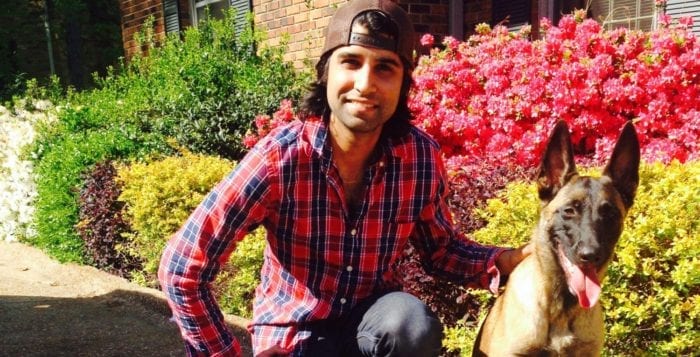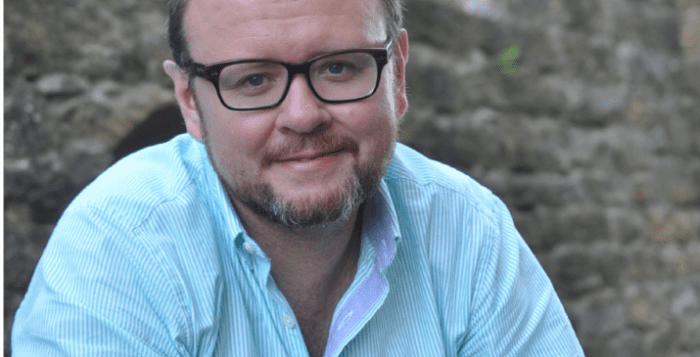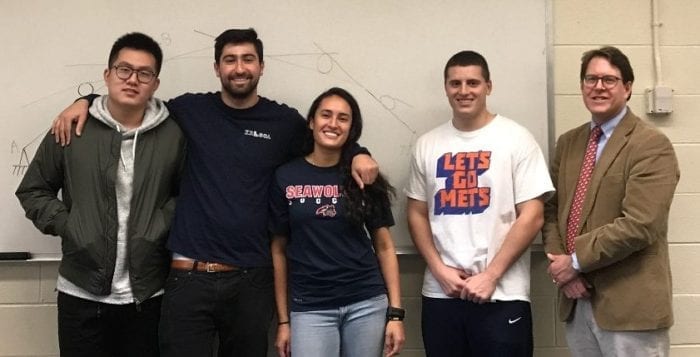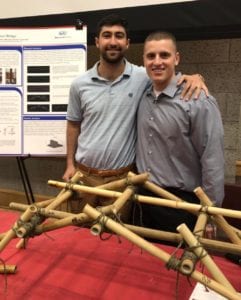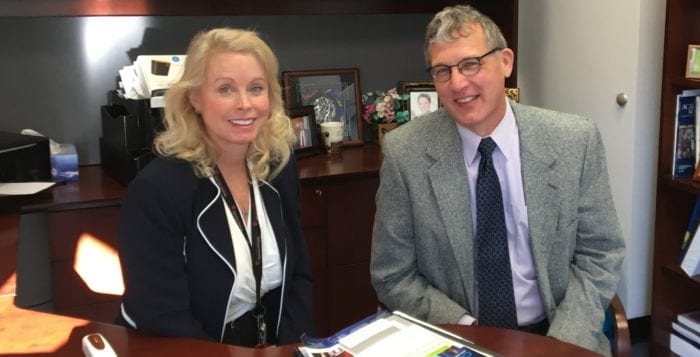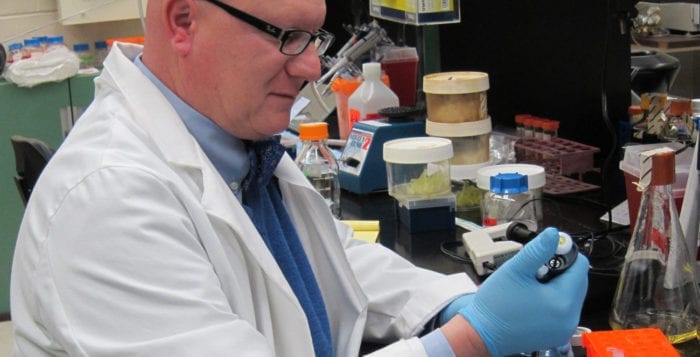It’s only May and, despite the warm weather, it feels a bit like October around here, at least, if you talk to fans of the Yankees and Red Sox.
The two best teams in baseball, as of earlier this week, were preparing to go head-to-head in a three-game
series that seemed to have more on the line than a typical series between the heated rivals at this point
in spring.
The Red Sox had that incredibly hot start, winning 17 of their first 19 games, tearing up the league and anyone who dared to try to compete with them. The Yankees, meanwhile, started slowly, sputtering to a .500 record.
And then the Yankees seemed to have gotten as hot as the weather, scoring runs in the clutch, pitching with confidence and bringing in rookies like Gleyber Torres and Miguel Andujar, who play more like seasoned veterans.
On a recent evening, my wife and I made a quick stop to the grocery store. As we were walking out, a friend saw me in my Yankees sweatshirt. The friend asked if the team pulled out a win, even though they were losing 4-0 in the eighth inning.
As my wife waited patiently, I recounted nearly every at bat that led to another improbable Yankees comeback. A man who worked at the supermarket came over to listen, put up his hand to high-five me and said he had a feeling they might come back.
While the team measures the success of the season by the ability to win the World Series, the fans, particularly during a season with so much early promise, can bask in the excitement of individual games or series.
The first season, as the incredibly long 162 games from March through October is called, can include
numerous highlights that allow fans to appreciate the journey, as well as the destination.
Nothing is a given in a game or a season. We attend or watch any game knowing that the walk-off home run the rookie hit could just as easily have been an inning ending double play.
Ultimately, the most important part of the season is the recognition that it is a game. You can see that when the players mob each other at the plate or smile through their interviews with the sideline reporters after a tight contest.
Year after year, all these teams with all their fans hope the season ends with a victory parade. They want to be able to say, “I was there.”
Ultimately, in life, that’s what we’re hoping for. Moments to cheer for friends and family, to celebrate victories and to enjoy these contests.
Indeed, the winners often look back on the moments when nothing came easily, when their team, their family or their opportunity seemed to be so elusive. These are occasions when nothing that seems to go right turns into those where everything goes according to plan. They don’t happen because you’ve got the right fortune cookie, put on the right socks or asked for some deity to help your team beat another team full of equally worthy opponents, whose fans utter the same prayers.
They happen because of the hard work and dedication. They also often happen because people are taking great pride in doing their jobs and being a part of a team.
Right now, it feels like these two blood rivals are well-matched, facing off in a May series that can bring the energy of October. And, hey, if you’re looking to connect with someone, put on a Yankees or Red Sox sweatshirt and head to the supermarket.

